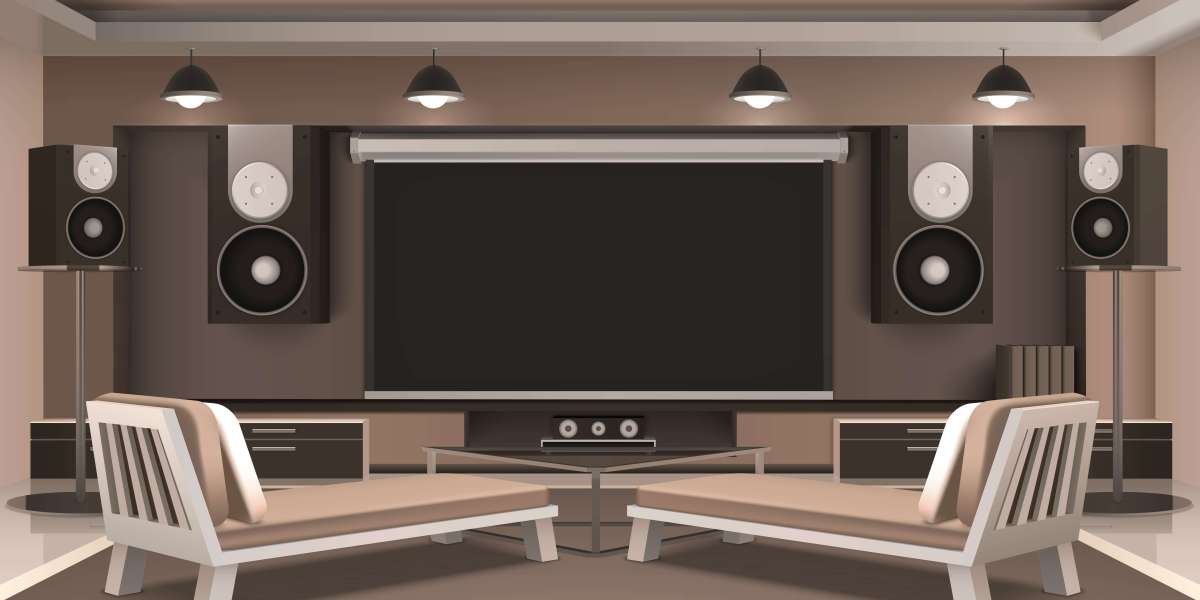A home theater system with an AV receiver at its center allows you to enjoy all your entertainment content in surround sound. In this blog post, I will explain the essential components of a home theater system and guide you through the step-by-step process of setting it up with an AV receiver.
Understanding the Components of a Home Theater System
Before setting up your home theater, it's important to understand the key components that make up a home theater system and their functions.
AV Receiver
The AV receiver, also known as an audio/video receiver or surround sound receiver, is the central hub that forms the heart of any home theater system. It allows you to distribute audio from various sources like TV, Blu-ray player, streaming devices, cable/satellite box, gaming consoles and more to your speakers while also supporting video switching between devices.
Speakers
Speakers are what produce the sound in your home theater. At a minimum, you need a center channel speaker, left and right front speakers, and a subwoofer. For a true surround sound experience, add left and right surround speakers too.
Display Device
At the front of your home theater is the display device - usually a large screen TV or projector - where you will watch your movies and TV shows. Make sure to get a display with HDMI ports to connect your devices.
Planning Your Home Theater Layout
With the components identified, next comes planning the layout of your home theater. Here are some tips:
Designate an area free of clutter and distractions for the best viewing experience.
Position your seating at an appropriate distance from the display based on its size to avoid eye strain.
Place the center channel speaker below or above the display for clear dialog.
Arrange the left and right front speakers on either side of the display at ear level while seated.
Mount surround speakers on the side or back walls for enveloping sound.
Hide the subwoofer in a corner for powerful but non-localizable bass.
Having the ideal layout setup will maximize your home theater acoustics.
Choosing and Connecting Speakers
Once you have the layout planned, it's time to choose and connect speakers to the AV receiver:
Shop for speakers based on your budget and room size. Consult reviews.
The AV receiver's rear panel will have multiple color-coded speaker terminals to connect wires from speakers.
Stripped bare wire ends should be inserted fully into holes and tightened. Ensure polarity is respected.
Run speaker wires through walls or beneath floors to hide them for a clean look.
Test each speaker pair to ensure they are functioning before moving on to next step.
Proper speaker installation ensures everything works seamlessly together.
Connecting Devices to the AV Receiver
Now you will connect various devices to the AV receiver for multi-source playback:
To the receiver's HDMI inputs, connect amedia devices like cable box, Blu-ray player, streaming devices etc.
Use HDMI cables of suitable length without signal loss. Ensure all HDMI connections are firmly in place.
For audio devices without HDMI, use digital optical cables or analog RCA cables to auxiliary inputs on the receiver.
Connect your TV to the receiver's HDMI output via an HDMI cable to send video to the display.
Check that all connected devices are detected and selected inputs work by playing content.
Proper device wiring is essential for transferring both audio and video signals.
Calibrating the Home Theater
Calibration tweaks are necessary to optimize your system:
Run the receiver's built-in room correction software if available to tune speakers for your space.
Adjust speaker distances and levels accurately as per the actual layout using the receiver's menu.
Tweak the bass, treble, balance and other EQ settings on the receiver until sound is balanced.
Calibrate the display device for the ideal video settings using calibration discs.
Dim ambient lighting for the best cinematic viewing experience at night.
Calibration ensures everything works in sync as the creator intended for it to be heard and viewed.
Extra Tips for Better Home Theater Experience
Some extras can take your system to the next level:
Add ceiling or Dolby Atmos enabled upfiring speakers for multidimensional audio.
Get an universal or programmable remote to control components with one remote.
Install lighting control for dramatic lighting during movies.
Setup a media server or stream content over your home network seamlessly.
Place surge protectors to protect equipment from power fluctuations.
Consider acoustic treatments if rooms are too lively or bare for better sound.
Maintain equipment properly with occasional cleaning for longevity.
Extra tweaks allow immersing yourself entirely in your entertainment.
Conclusion
To conclude, setting up a home theater system allows bringing the cinema experience home. With the right components arranged logically, proper connections and some calibration, you can create a theater-like environment. An AV receiver lies at the heart to distribute audio and supports modern features like 4K/HDR passthrough. With the steps outlined, you can now assemble and fine tune your own entertainment oasis!
Read Related:- https://avsyncstudio.wordpress.com/2023/11/01/design-considerations-choosing-the-right-rack-for-your-equipment/








